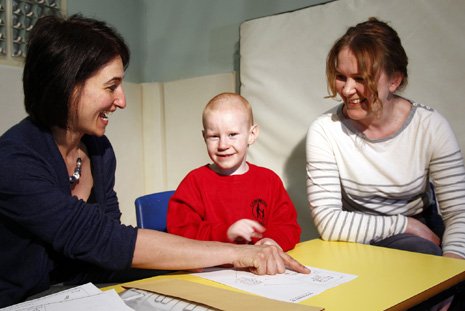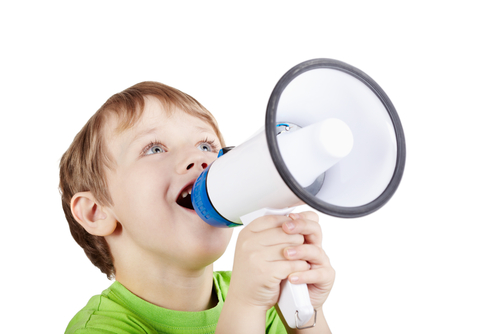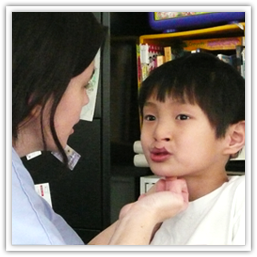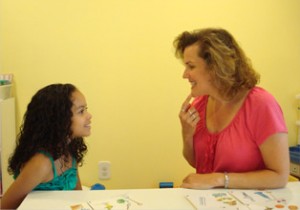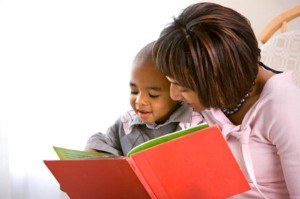You know the saying it takes a village, but when it comes to special needs children, the village can make a striking difference in the effectiveness of speech therapy. Collaboration doesn’t always come easy, but once you have a handle on it, speech therapy techniques can be seamlessly integrated at home and at school so that your efforts build to a greater result. Not only should you see better results with collaborative therapy, but you will see a rapport develop between parents, teachers and the therapist that will foster communication and coordinated efforts toward the common goal of improving a child’s speech.
How to Improve Articulation
Pronunciation & Lisps Speech Therapy TechniquesYou’ve probably had this experience before: you’re at a playgroup or birthday party with your child, and you’re trying to converse with the other little ones there. But the kid’s speech is difficult to understand, and you have to call his parent over to interpret. Or maybe you have to guess a few times before you can figure out what your own child is saying. It’s perfectly normal for a young child to pronounce “room” as “woom” and “sun” as “thun.” Some children master most or all sounds by five years of age, while others master articulation by the age of eight. If you believe your child might be struggling with articulation, you can request an evaluation by a speech-language pathologist (SLP). If the SLP diagnoses your child with a speech disorder or delay, speech therapy can help improve articulation. You can also use some simple, fun activities at home to encourage proper articulation.
Speech Difficulties in Down Syndrome
Speech Therapy TechniquesDown syndrome (DS) is an incurable genetic disorder that has a profound impact upon a person’s physical, mental, and social development. Children with DS have anatomical and physiological differences in the mouth and throat region that affect feeding, swallowing, and oral motor skills. They also often have hypotonia, or poor muscle tone in the mouth area. The symptoms of Down syndrome, such as speech and language difficulties range from mild to severe from patient to patient.
How to Teach the “Ch” Sound
Speech Therapy TechniquesThe “Ch” Sound
The “ch” sound is produced by touching the tip of the tongue to the roof of the mouth to block the passage of air very briefly before releasing it through the mouth. Say “chicken.” Notice how the tip of your tongue touches the roof of your mouth just behind your front teeth? You might also notice that your lips pucker slightly and that your vocal cords do not vibrate when pronouncing the “ch” sound. This sound is a voiceless stop consonant. It combines the “t” and “sh” sounds.
Easy Speech Therapy Tips for Children
Speech Therapy TechniquesNot every child with a speech disorder or delay requires years of intensive therapy. Some communication problems are minor. With a little persistence, you can work on issues like proper pronunciation with your child between therapy sessions. Always ask your child’s speech therapist about activities that would be most effective for your child. It can also be helpful to observe the speech therapy sessions so that you can understand the techniques being used.

